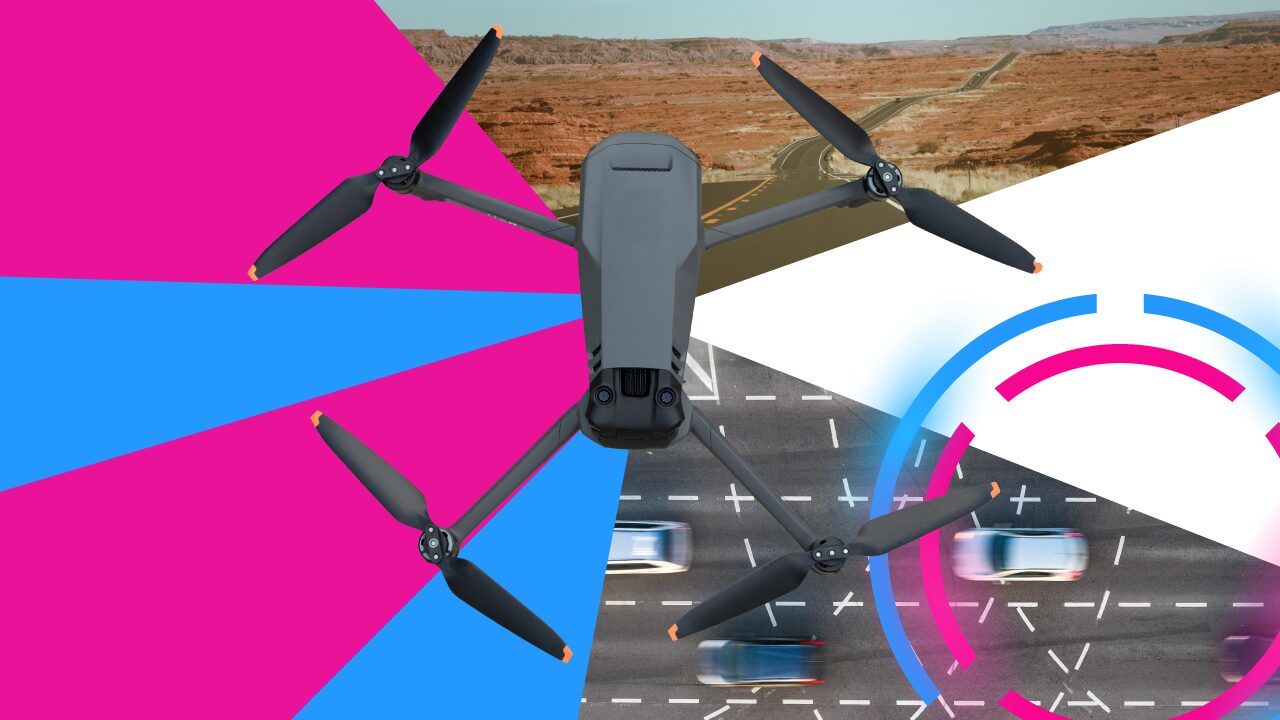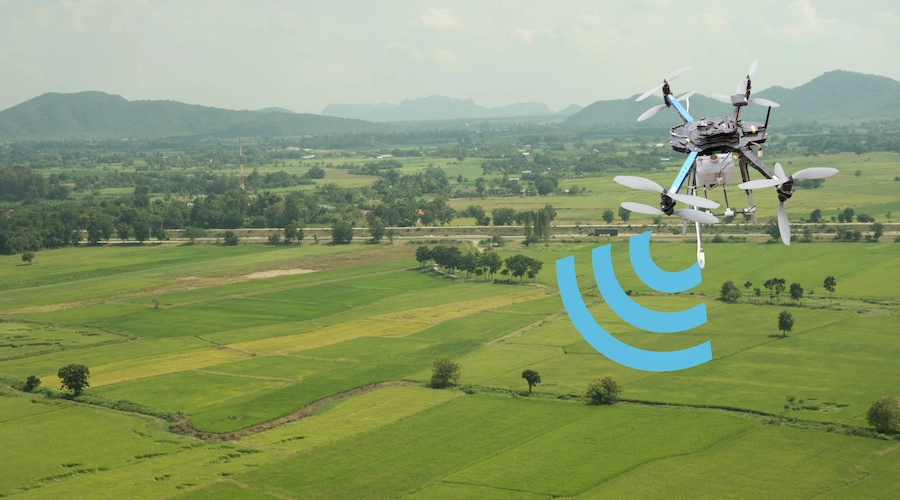-
Key Takeaways
-
Which Part 107 Regulations Can Be Waived?
-
Which UAS Operations Need to be Waived?
- Operations From Moving Vehicles
- Night Operations without Anti-Collision Lighting
- Uas Operations Beyond Visual Line of Sight
- Visual Observer Requirements
- Operation of Multiple UAS
- Yielding Right of Way
- Operations Over People
- Flying in Controlled Airspace
- Operating Limitations
- Operations Over Moving Vehicles
-
Conclusion
The Part 107 waivers are a useful tool for when commercial UAS operators need to operate under conditions that may not align perfectly with the requirements of Part 107. It comes as no surprise, but securing a waiver takes a lot of documentary work and an array of risk mitigating measures.
The first part of this task is determining whether you need a Part 107 waiver, and identifying the type of waiver you will need. In this article, we attempt to simplify this process by identifying the UAS operations that require waivers and what you can expect to be allowed with each type of waiver?
Key Takeaways
- The FAA allows for certain UAS operations that may not comply with the basic Part 107 regulations, but UAS operators will need to apply for an appropriate waiver.
- A granted waiver will require several risk mitigating measures, and may still be subject to conditions as the FAA deems fit.
Which Part 107 Regulations Can Be Waived?
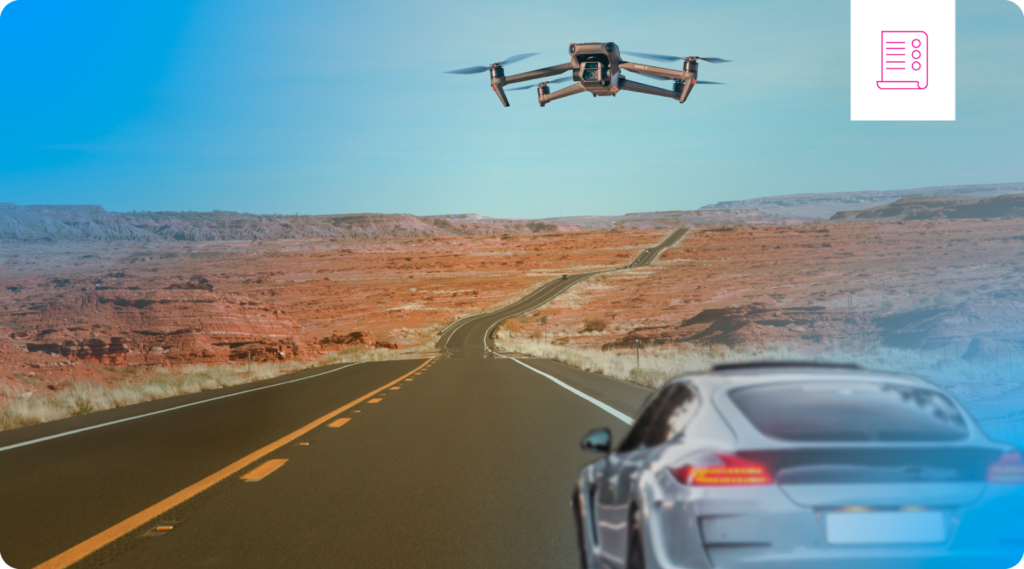
The full list of regulations that can be waived is available under 14 CFR 107.205. The waivable regulations are as follows:
- 107.25 – Operation from a moving vehicle or aircraft
- 107.29 (a)(2) and (b) – Night operation without a strobe light
- 107.31 – Visual line of sight
- 107.33 – Visual observer
- 107.35 – Operation of multiple UAS
- 107.37(a) – Yielding right of way
- 107.39 – Operation over people
- 107.41 – Operation in certain airspaces
- 107.51 – Operating limitations
- 107.145 – Operation over moving vehicles
Take note that some regulations may have sub-regulations that can be individually waived. A particular example is 107.51 or Operating limitations, which has four individual limitations that need to be waived separately.
There are two special items in this list that are worth discussing at this point. Rule 107.37, or the regulation that requires UAS operators to yield right of way to manned aircraft, is included in this list. However, there have been zero waivers granted for this regulation. It is very unlikely that such a waiver will actually be granted.
Rule 107.41 or operation in certain airspace is also included in this list. This has already been replaced by airspace authorization, which is a faster and much more convenient system for operating UAS in controlled airspace. Thus, waivers under 107.41 are no longer necessary.
Which UAS Operations Need to be Waived?

In this section, we are going to systematically go through a list of UAS operation scenarios for which a Part 107 waiver will be needed. Take note that it is possible to apply for multiple regulations to be waived.
Operations From Moving Vehicles
A 107.25 waiver allows an operator to fly a UAS from a moving vehicle over a non-sparsely populated area OR allows for operation from a moving aircraft. However, a limitation of this waiver is that it does not allow the carriage of property on the UAS for compensation or hire.
The limitation prevents the use of this waiver for drone delivery, a highly sought-after category of UAS operations. For that type of operation, you are going to need a Part 35 certification, which is a little more complicated than Part 107
Night Operations without Anti-Collision Lighting
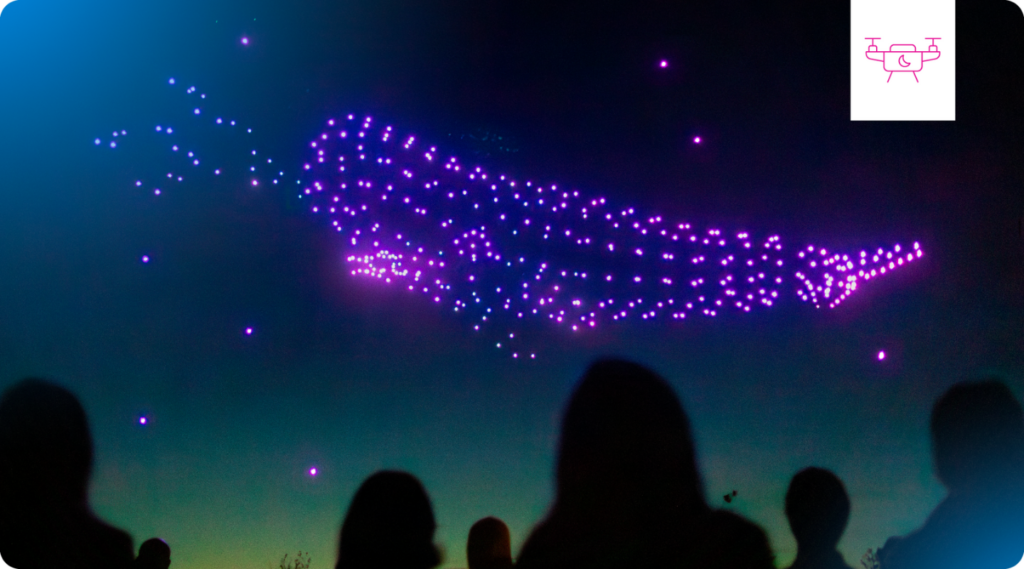
A 107.29 waiver allows for UAS operations at night or beyond civil twilight without the use of strobe lights or so-called anti-collision lighting. This is actually a fairly commonly applied and granted waiver. A common example of its use is drone light shows where drones fly around in complete darkness without strobe lights for safety.
Uas Operations Beyond Visual Line of Sight

A 107.31 waiver allows for UAS operations beyond the limits of visual line of sight. This is, by far, the most common waiver that has been approved by the FAA. This does not mean that it is a very easy waiver application – the requirements are still very strict, and there are still lots of questions that you will need to answer.
Visual Observer Requirements
A 107.33 waiver is typically not issued on its own, but rather is attached to a 107.31 waiver. This makes sense because the PIC not being able to establish visual line of sight also means that it cannot be established by a co-located Visual Observer.
Operation of Multiple UAS
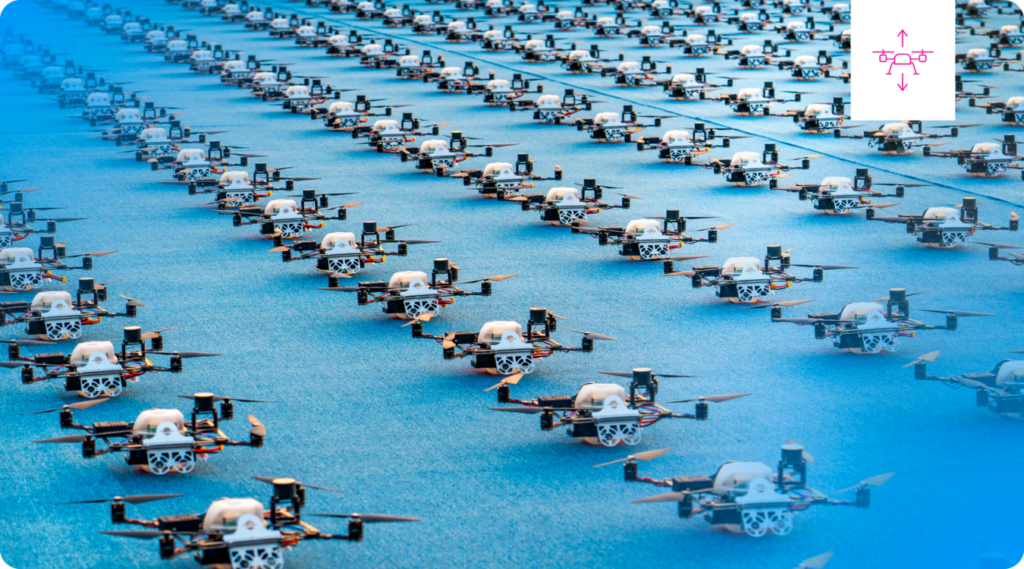
A 107.35 waiver allows for the operation of multiple drones of a single PIC or for being the Visual Observer of multiple drones. Drone light shows are the most common application of this waiver.
Yielding Right of Way
Technically, a 107.37 waiver will allow the PIC to waive the need to yield the right of way to other aircraft. From a more practical perspective, you will not need to learn much about how this waiver is applied because the FAA has not issued a single waiver for this regulation.
For this waiver to be granted, you will need to have a fail-proof method for maintaining airspace safety even without yielding to other aircraft. There is currently no such solution that exists for UAS. If you anticipate that your operations will need this type of waiver, we recommend that you adjust your mission parameters so that this waiver will not be necessary.
Operations Over People
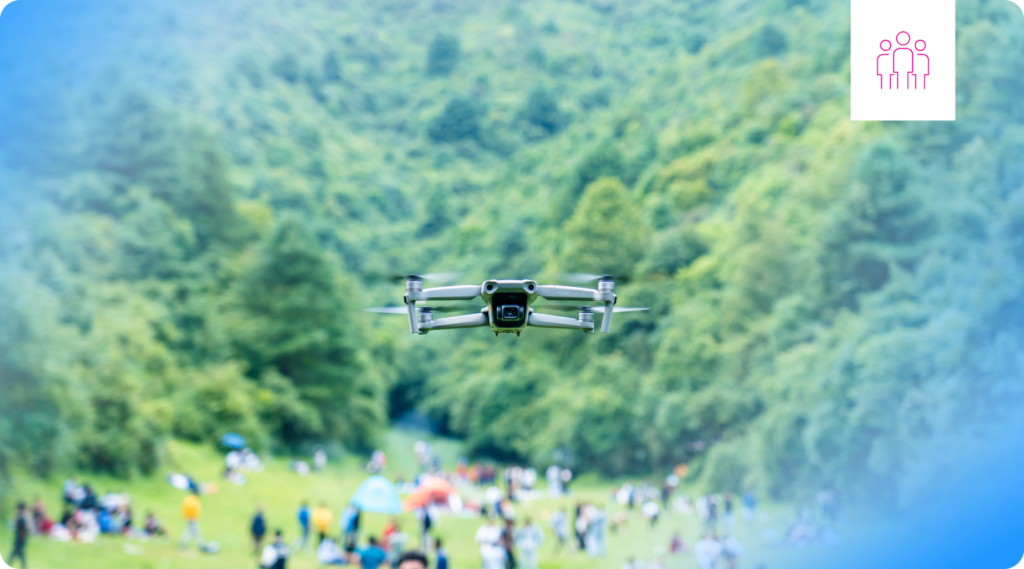
Flying UAS over people is actually allowed under Part 107 if you are flying a UAS that falls under the pre-identified categories of the FAA and are flying within the rules of the appropriate category. A 107.39 waiver is for UAS operations over people without this category compliance. There are a number of circumstances in which this waiver will be necessary, such as flying a drone that weighs more than 250 grams in a crowded place.
Flying in Controlled Airspace
A 107.41 waiver technically allows you to fly your UAS in controlled airspace without having to secure FAA approval. Again, this is another waiver that is not likely to be granted. The reason is that the FAA has made it very easy to request and secure airspace authorization. Even the FAA recommends that pilots submit a request for airspace authorization rather than a waiver for 107.41.
Operating Limitations
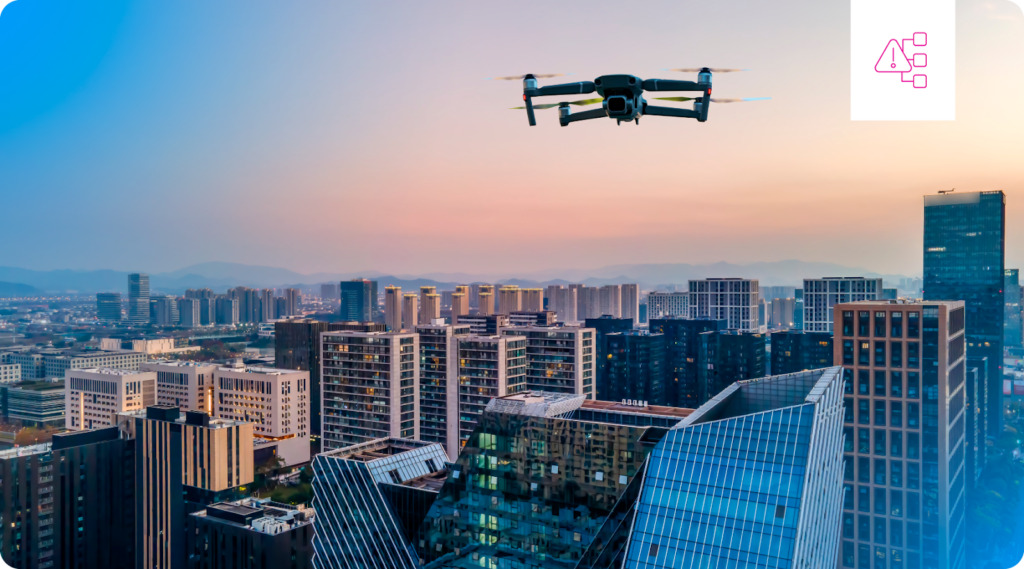
Discussion on the 107.51 waiver is a bit more complex because it refers to waiving operational limitations for UAS, of which there are four:
- Ground speed must not exceed 100 mph
- Altitude must not exceed 400 feet AGL
- Minimum visibility should be 3 statute miles minimum
- Operations should be at least 500 feet below and 2000 feet horizontally from clouds
You have the option of applying for all four operating limitations to be waived, or just the specific ones you need. An important thing to note is that the FAA will not waive visibility requirements if you are operating within controlled airspace.
Operations Over Moving Vehicles
A 107.145 waiver allows for UAS operations over moving vehicles. The circumstances and risk mitigation measures for this waiver are essentially the same as 107.39 (Operations over People). It is thus recommended that you apply for both waivers if one of them is necessary since the process is almost identical.
Conclusion
Knowing the type of UAS operations that need to be waived under Part 107 is a critical part of planning for any type of commercial UAS activity. More than knowing what you are NOT allowed to do under normal circumstances, it is very useful to know what you will be allowed to do if you request an appropriate waiver.
Familiarity with the rules is one thing, but preparing a waiver request will require a more advanced level of knowledge of UAS operations and risk mitigation measures. We will look into this topic in more detail in future articles.
